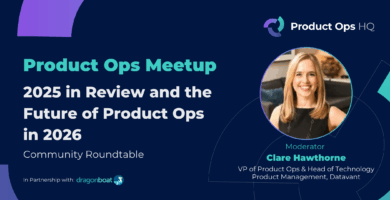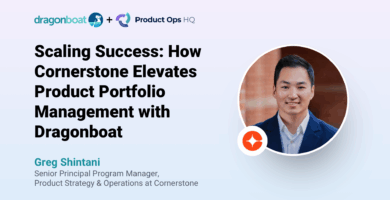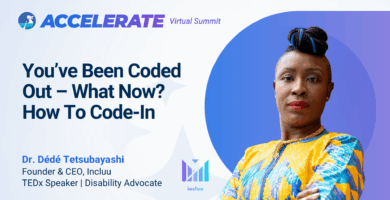Events • On Demand | Watch Time: 18 min
Accelerating Product Transformation Success at Scale
ACCELERATE 2023: Virtual Summit for Product Leaders by Dragonboat
At ACCELERATE 2023, John Roy (VP Digital Assets, Strategy & Planning, Fidelity) shared a powerful perspective on transformation. He stated that “effective transformation will achieve both alignment and autonomy.” Transformation, he emphasized, goes beyond theory and presentation decks. With the right culture, processes, and tools, companies can achieve both alignment and autonomy, thereby driving true transformation.
Watch this session on-demand now to hear John’s insights, strategy, and advice to accelerate product transformation at scale.
Featured Speaker

John Roy
VP Digital Assets Strategy & Planning of Fidelity
Financial services executive with a demonstrated history of leadership and delivery in the Finance industry. Skilled in Digital Assets, Product Management, Corporate Strategy, DevOps, Lean Finance, IT Service Management, and Scaled Delivery Methodologies.


